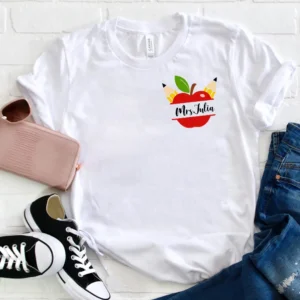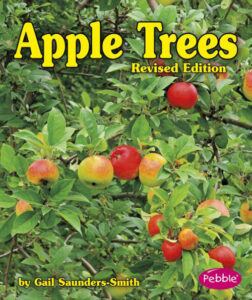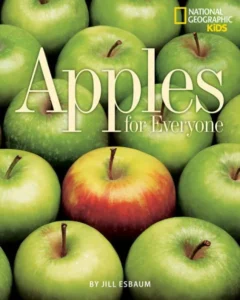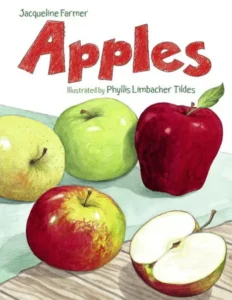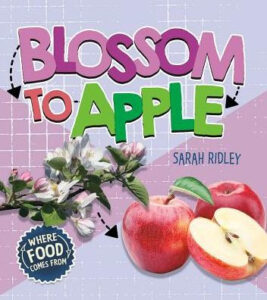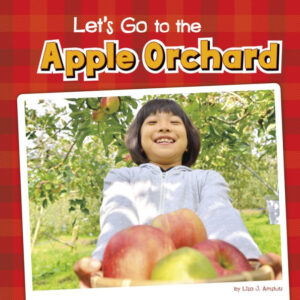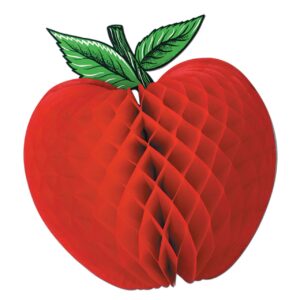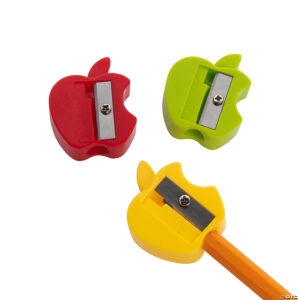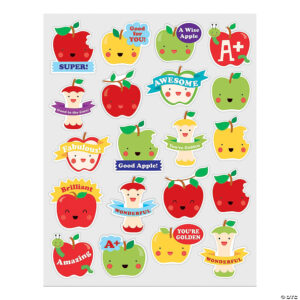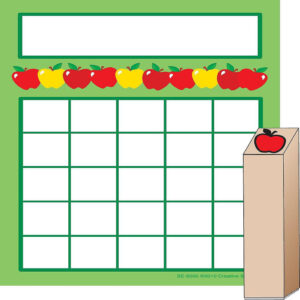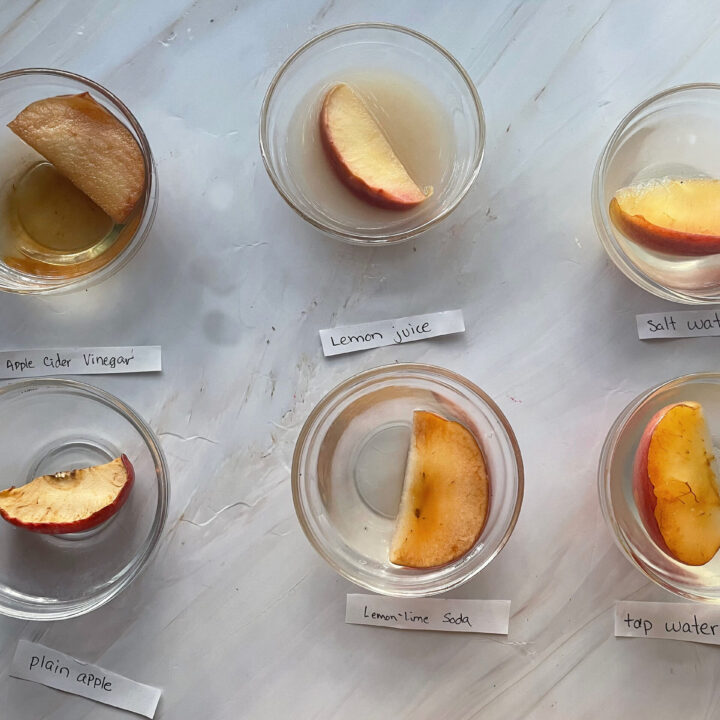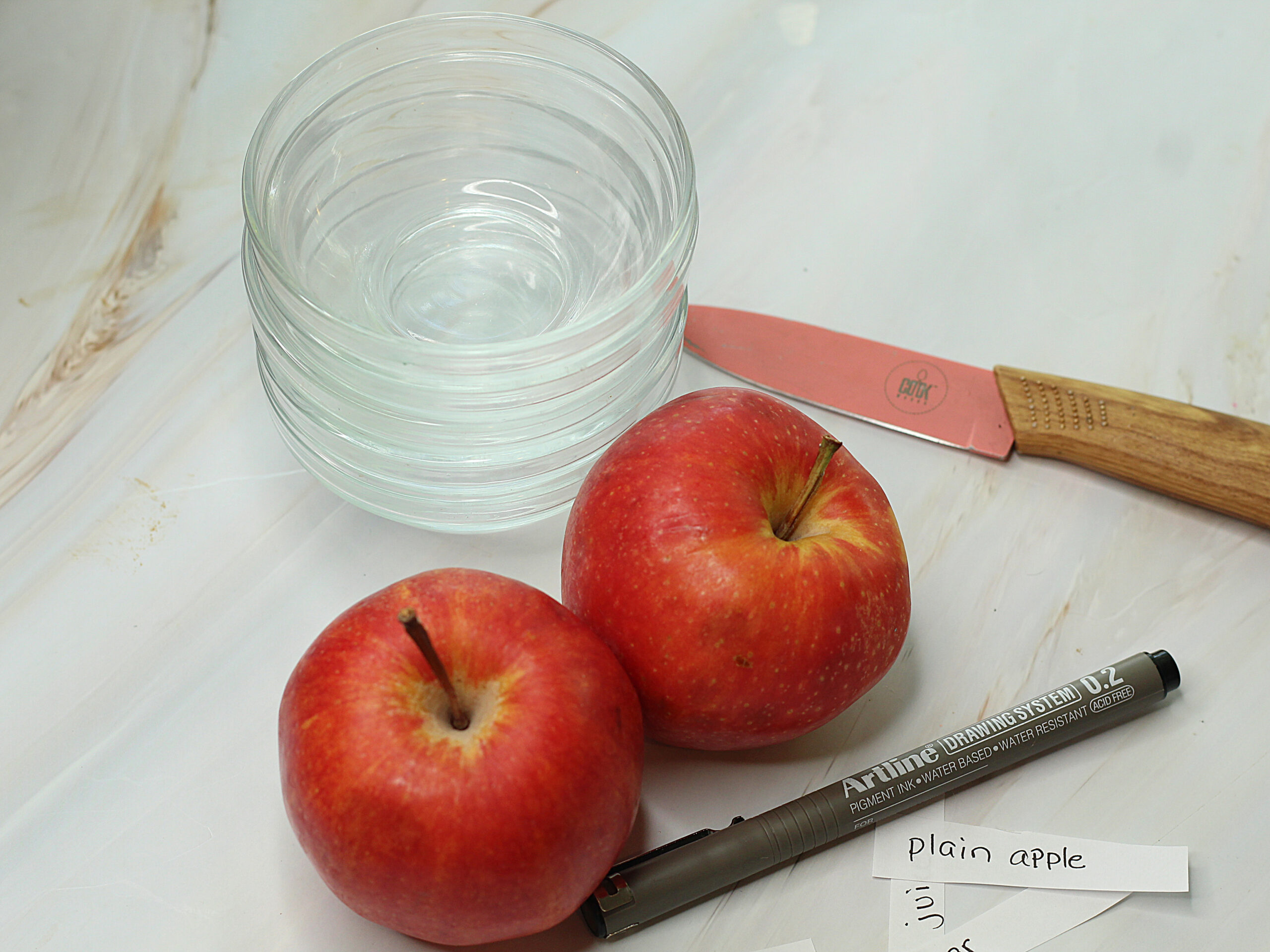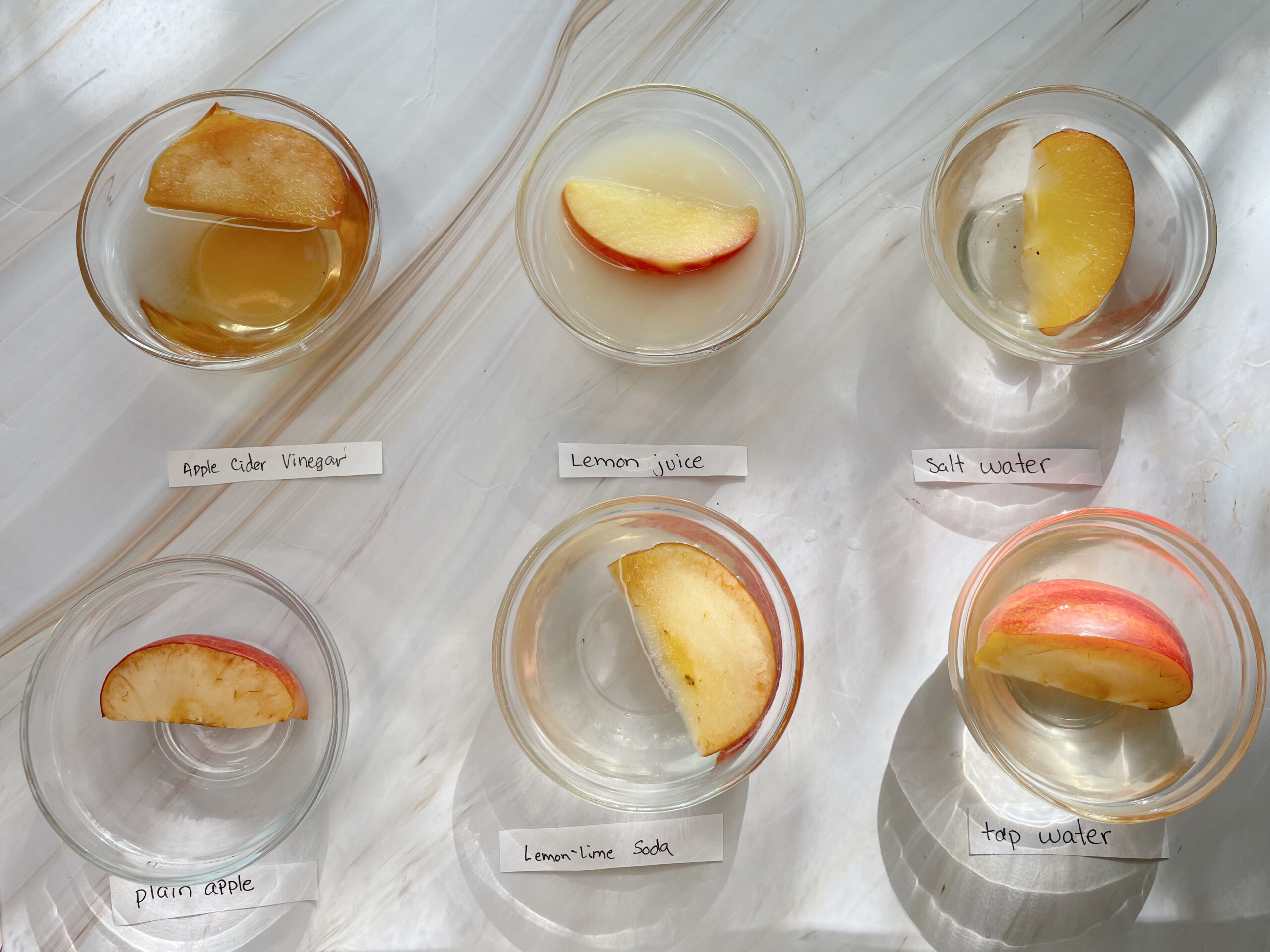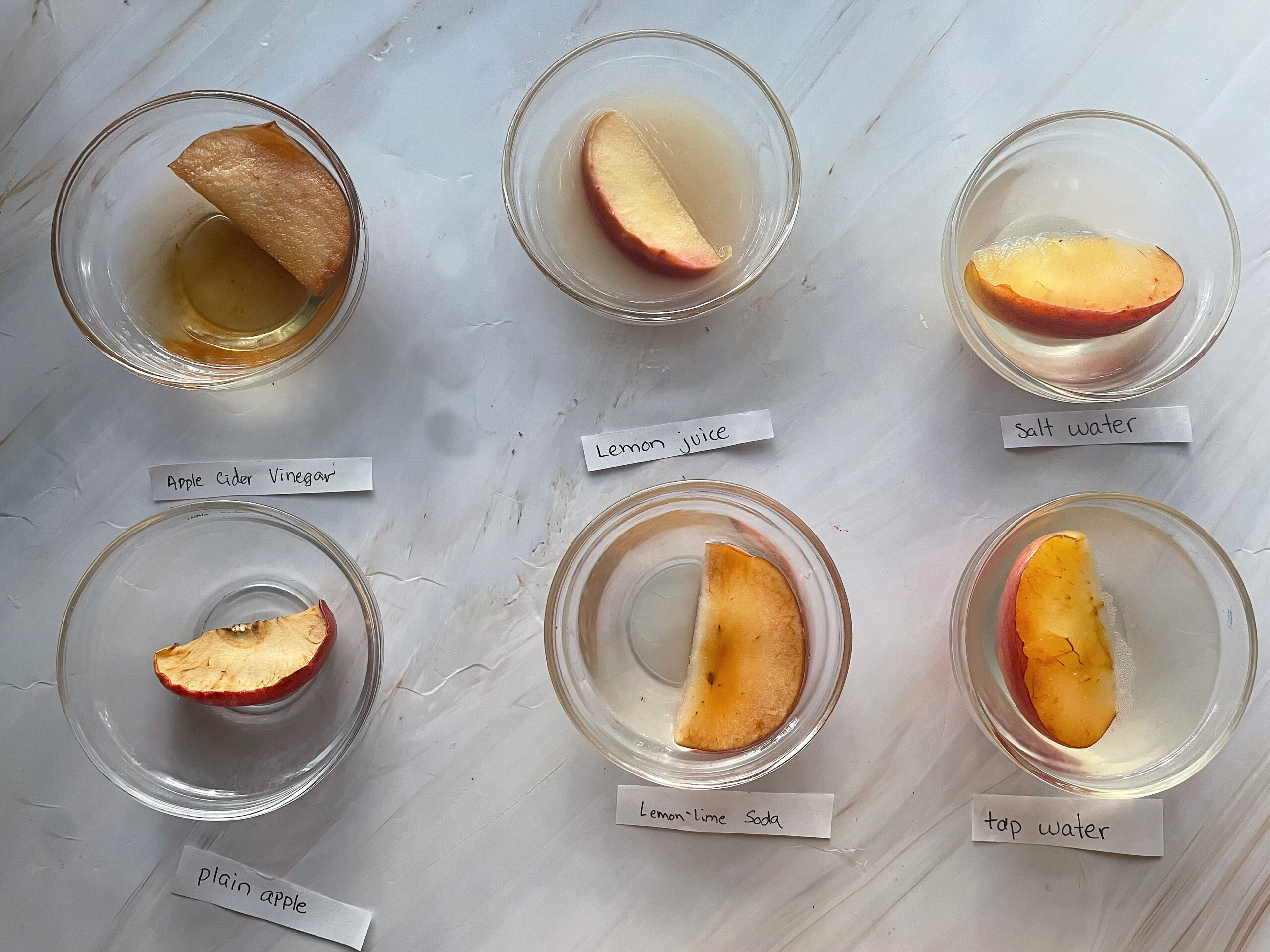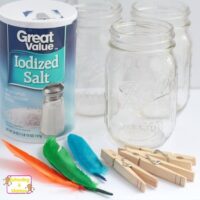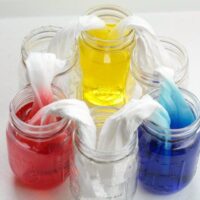In this fun and educational apple rotting experiment, students will explore the process of organic decomposition and learn why apples, like all other organic matter, eventually breaks down into soil. This hands-on life science activity is a perfect addition to any apple STEM activities that your class is doing this year.
Get ready to lead your students for a hands-on adventure filled with scientific discoveries, critical analysis, the basics of the apple life cycle, and the role of decomposing in how earth’s systems work.
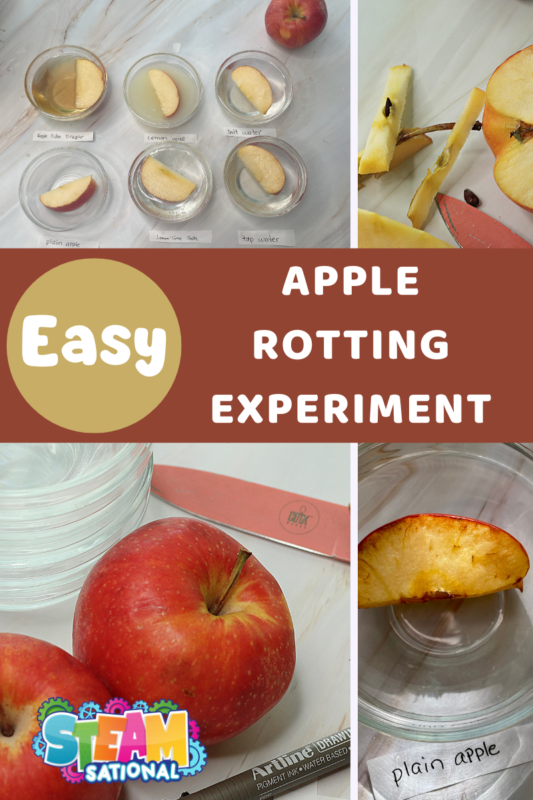
This decomposing science experiment reveals the decomposition processes that lead to changes, from mold growth, to color changes, to strange odors.
Don’t worry; it’s not as bad as your student’s might think!
In fact, it’s an interesting way to learn more about the important role of corruption in the cycle of life.
Table of Contents
Decoding Nature’s Secrets with the Apple Rotting Experiment
By observing changes in apples under different conditions, children can unravel the mystery of decay and understand why organic materials like apples undergo interesting changes.
Apple-Themed Shirts and Accessories
If you love to celebrate a theme as much as I do, you’ll love these apple-themed shirts and accessories!
Mini Apple Customizable Teacher Shirt
Barbie Style Apple Teacher Shirt
Customizable Apple Teacher Tumbler

Apple Word Cloud Tote for Teachers
Why Apples Rot: A Decomposing Science Lesson
Apples, like all organic matter, begin to decompose after they are harvested. This decomposition is primarily due to microorganisms, such as bacteria and fungi.
When bacteria and fungi land on an apple’s surface, they feed on the apple’s sugars and other nutrients.
As these microorganisms grow and multiply, they produce enzymes that break down the apple’s cells. This process causes the apple to become soft and discolored.
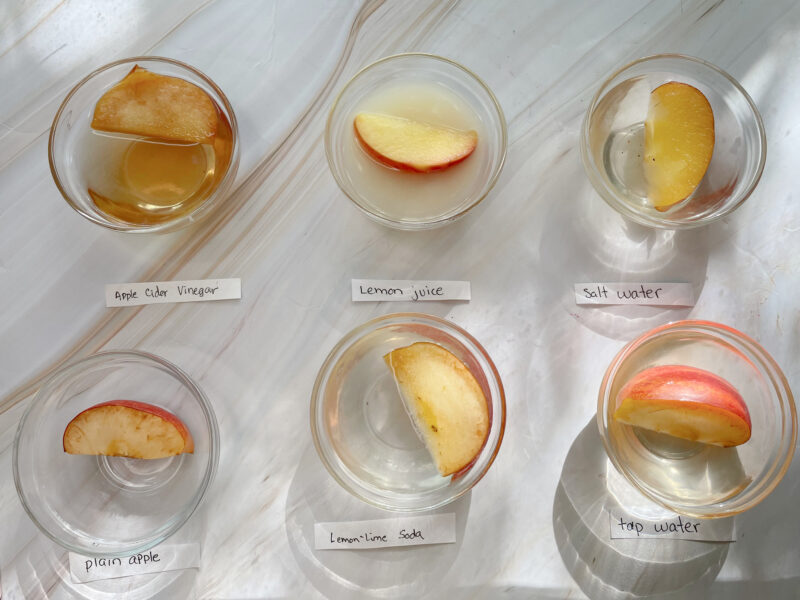
External factors, like warmth and humidity, can speed up the rotting process.
The rotting of apples is a natural part of their life cycle, turning them back into nutrients for the earth.
Here’s how to help your students enter the world of rotten apples and decomposers and embark on an extraordinary quest to unlock the science of spoilage.
What You Need to Do the Decomposing Apple Experiment
Here are a few supplies that are necessary to complete the apple rotting science experiment!
First of all, you will need fresh apples, which you can get from any local grocery store.
You can also grab this free apple life cycle worksheet to complete along with the apple rotting experiment.
In addition to that, you will also need:
- Apples (same variety and size)
- Clear containers or jars (6 for each student/group)
- Water, vinegar, lemon juice, lemon-lime soda, and salt
- Labels for containers
- STEM worksheets
- STEM journal for recording data
- Chart or graph paper for data representation
- Knives safe for kids (1 per group)
- Pencils
- Pens
- Rulers (1 per group)
Apple Books for Kids
Here are some colorful books children will enjoy reading to learn more about apples!
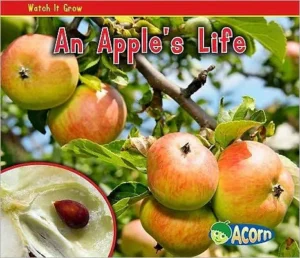
Let’s Go to the Apple Orchard Book
STEM Extensions for the Decomposing Apple Lesson
Here are some additional STEM extensions you can add to your apple rotting experiment!
Documenting the Decay (Science)
- Have students keep a daily journal or chart documenting the changes they observe in the apple.
- They can draw the apple each day or take pictures.
- Measure and record the weight of the apple over time.
- Track and graph the changes in color, texture, and size.
Mold Growth (Science)
- Students can predict which parts of the apple will mold first.
- Observe mold growth under a microscope or magnifying glass.
- Discuss the types and roles of microorganisms in decomposition.
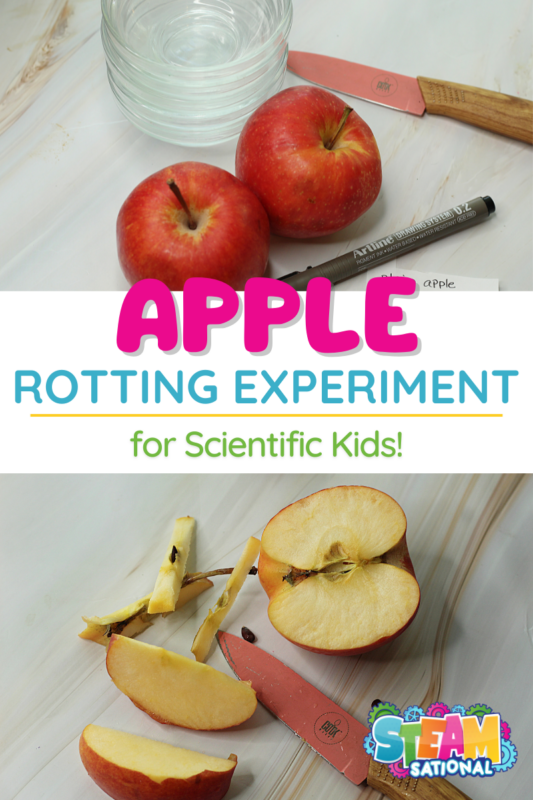
Environmental Factors (Science)
- Place apples in different environments (e.g., one in the fridge, one in a sealed plastic bag, one in open air) and compare the rate of decay.
- Discuss how temperature, air, and moisture can affect the rotting process.
pH Levels (Science)
- Test the pH level of the rotting apple over time.
- Discuss how the rotting process might affect the acidity of the apple.
Digital Documentation (Technology)
- Use tablets or digital cameras to take daily photos or time-lapse videos. Compile the images or videos into a presentation or slideshow.
Math Connections (Mathematics)
- Measure the apple’s circumference and weight daily, plotting the changes on a graph.
- Predict when the apple will reach a certain level of decomposition using the data.
Apple Life Cycle (Science)
- Discuss the entire life cycle of an apple, from seed to tree to fruit to decomposition.
- Plant apple seeds and track their growth alongside the rotting apple, emphasizing the cycle of life and decay.
Discuss Preservation Methods (Science/Technology)
- Explore ways in which food is preserved (e.g., canning, freezing, drying).
- Experiment by drying, canning, and freezing slices of apple and comparing the decomposition rate to fresh apple slices.
Apple-Themed Decorations
Here are some fun apple-themed decorations you can use to decorate your classroom or home when playing apple games or just for some fall flair!

More Apple STEM Activities
If you need more apple science lessons, check out these other apple themed science experiments!
What Skills Will Students Develop with the Apple Rotting Experiment?
The apple rotting experiment offers multiple ways for elementary students to develop critical thinking skills- through forming hypotheses, predicting experiment outcomes, and analyzing experiment results.
Apple-Themed Teaching Resources
Apples and teaching go hand-in-hand!
Add these fun apple-themed teaching supplies to your classroom (or your house, if you just love apples that much!).
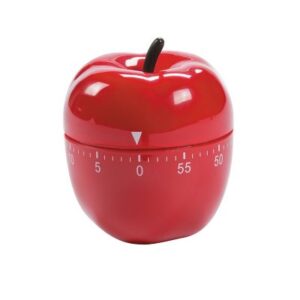
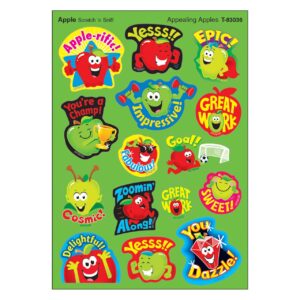
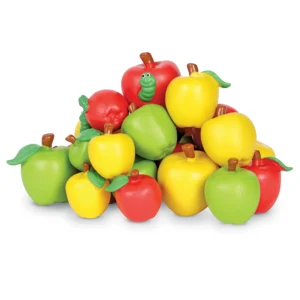
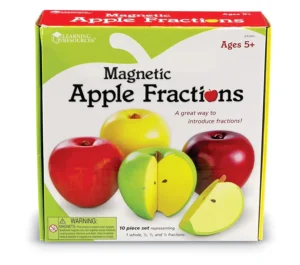




Students will also gain valuable insight into the scientific fields of biology and microbiology.
Through their observation of mold proliferation, bacteria growth, and how these systems reproduce, students will begin to understand why the breakdown of organic matter is important for ecosystems and the survival of plants and animals.
Working together in groups will also help children learn how to work within a specific roll while also following the goals of the entire group.
Apple Decomposers STEM Lesson Plan
You can find the complete no-prep lesson plan for this apple rotting experiment below!
Enter your email to unlock the printable lesson that you can use in your classroom right away!

